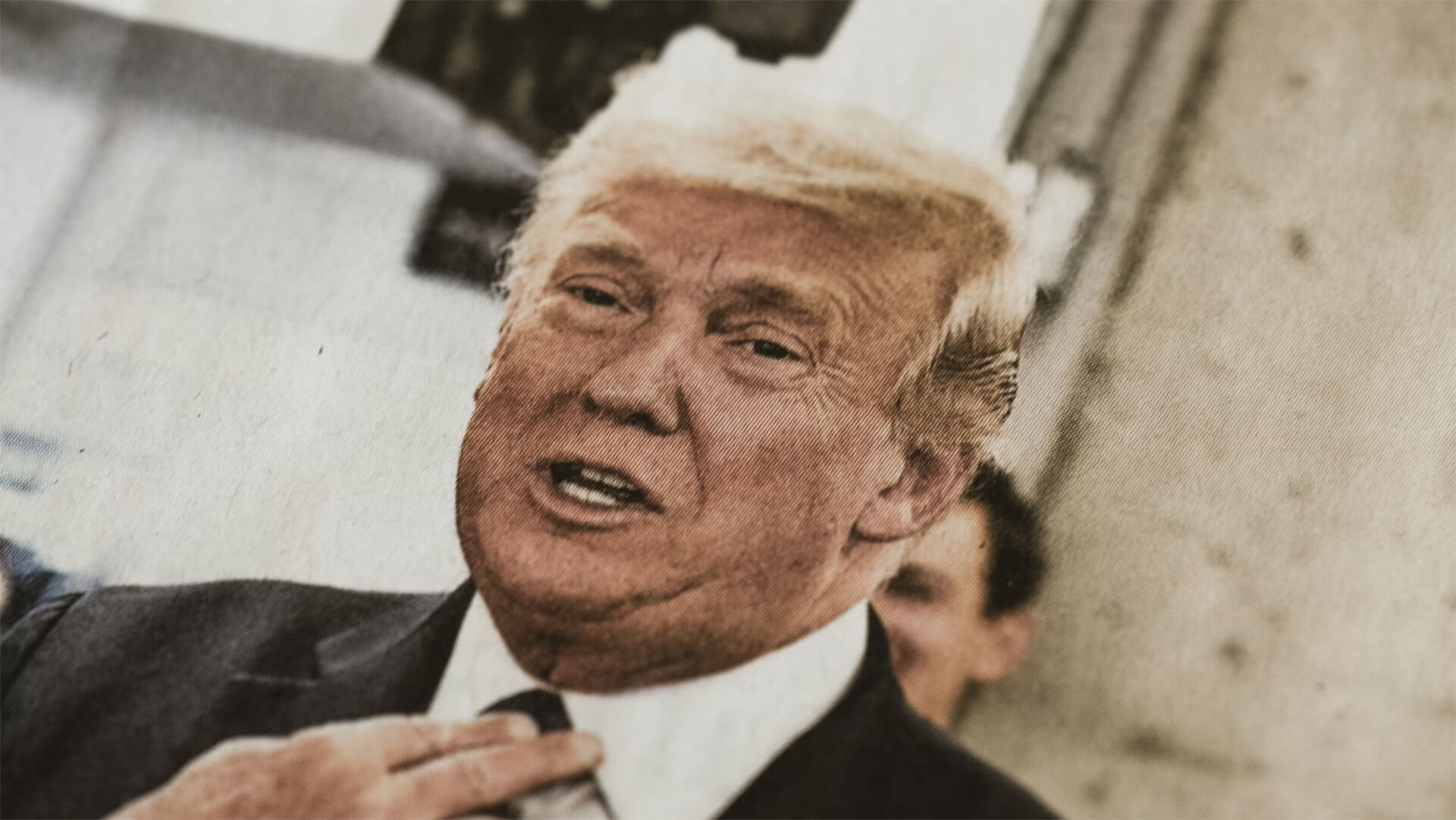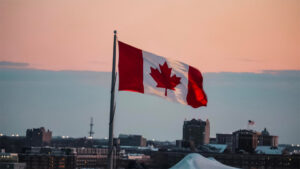I won’t ramble on about Trump’s chaotic trade policy because you’re all aware of that. However, there are some interesting updates to share.
After most of America’s key trading partners have been subjected to the chaos, Wall Street has adopted a new strategy called the “TACO” trade – short for “Trump Always Chickens Out.” You know since most of his aggressive threats are walked back within weeks of announcing them.
We’ve also seen a court ruling state that Trump’s tariff actions may be unconstitutional. We’ll have to wait and see what the result is following the appeal, but convos regarding presidential trade authority have been sparked.
This all contributes to the stalling of industrial investment in the US, because if you don’t know the rules, how can you play? It would be nice to get some clarity here soon, but we may be in for four-year ride on this roller coaster.
Transcript
Hey, all. Peter Zeihan here coming to you from Colorado. I am recording this over the weekend. You’re going to see it on Monday, June 2nd, which means we will undoubtedly have a few updates that are not being folded in. And because that’s just the nature of the beast these days. We’re talking about trade today, specifically, what is up with the Trump administration and the current status of the many trade wars the Trump administration has launched.
If you remember, this is the most aggressive president we have ever had when it comes to issues of trade. We have already had a 132 documented trade policy changes by this administration, and things are getting a little out of control. Let’s start by talking about two of the United States is four biggest trading partners. So number one and two are Mexico and Canada.
We’ve dealt with those bear for I’m sure we’re gonna deal with them again. But in the last few days we’ve had a lot of movement on Europe and China who are number three and number four.
Let’s start with Europe. Trump decided that the Europeans are not serious with their trade talks. The primary reason is that there’s no one on the US side to answer the phone when the Europeans call.
The Trump administration still hasn’t staffed up for really anything. Most notably for trade talks, normally takes several dozen, if not several hundred people to handle the negotiations. For one major trade deal. And the United States is attempting to do 200 deals at the same time. So everything is just kind of slogged. Anyway, Trump laid the blame on the Europeans and said that come July 1st, tariffs will increase by a factor of 5 to 50%.
He then had a call with the commission president, Ursula von der Leyen, and said that, no, that’s going to actually happen on July 9th. By the way, these are not trade policy adjustments. So they don’t go to that 132 number. These are just, things that he said on Truth Social. And with the Chinese, we had a recent deal in Geneva where the Trump administration agreed to peel back the tariffs from 145% to 10% while talks continue.
So it was just an agreement to talk. Trump has now said again on Truth Social that the Chinese had violated the deal to talk. And so tariffs are probably going to be coming back in soon. I have no idea what’s going on behind the scenes in the Trump administration. There are so few people that you can tap to find out.
But it appears, at least from the Chinese and the European point of view, as well as the Canadian, the Mexican and the Japanese and the Korean and blah, blah, blah. Is that the Trump administration is basically making policy off of a whim, the normal flows of information that would inform the white House of what’s going on in the world don’t exist anymore.
The Trump administration has fired the top 1400 positions in the federal government. Very few of those have been replaced with anyone. And those that have been replaced have generally been replaced with party loyalists, rather than anyone who knows anything about in this instance, trade. So we’re just getting things going back and forth and back and forth, not based on data, not based on reality, not based on trade flows, not based on national security concerns, based on whatever it is that Trump feels the issue of the moment happens to be.
And the result is just this erratic nature of policy. As a result, now that we’re a few months in, Wall Street has had to deal with this, and they’ve developed something called the taco trade. Taco stands for Trump Always Chickens out. And the logic behind the trade is that Trump says these big things implement these big policies.
And then he immediately backs down immediately within a few weeks. I’m not sure that’s entirely fair. Trump obviously finds it a lot less amusing than a lot of other people do, but it gives you an idea of just how everyone feels. We don’t know, day to day what the policy is going to be. We don’t know, day to day what the goal is.
And so we don’t know day to day how Trump is getting from A to B, assuming there is a B and what information I’ve been able to clean out of the white House is that there was never a goal in the first place. This is just how Trump likes to run the show, and this is what we can look forward to for four years.
Which explains in vivid detail why industrial construction in the United States is basically seized up because nobody wants to invest in an industrial plant if they don’t know what the rules of the game are, especially if the person who’s making up the rules of the game keeps making up the rules of the game. On top of that, we have now had a court case by a trade court in the United States that says that the Trump administration does not have the legal authority to do most of these trade policies.
Now, according to the Constitution, the Congress is the only body in the United States that has any trade authority on tariffs. But over the last several decades, most notably in the 70s, the Congress submitted some of that authority to the US executive for emergency circumstances. And almost every tariff that the Trump administration has put in place to this point has drawn upon that emergency authority.
So Trump declares an emergency and then defines the tariff. The court disagrees with the logic of that, saying, not that Trump is interpreting the statute incorrectly, but that Congress cannot unilaterally cede, tariff authority to the president. Now, I’m not a legal scholar. I’m not going to parse out. I just found a case kind of interesting that they were going after Congress with the ruling rather than the presidency.
It’s already been appealed, and there’s already been a stay on that tariff suspension. So those are two of the 132 tariff changes that we’ve had now. And the Trump administration, of course, is going to appeal this all the way up to the Supreme Court. And since we’re already at the upper federal district court level, it’s not going to probably take too long to get there to get some legal clarity.
But the bottom line is clear. We’re in a bit of an institutional crisis over the ability of Trump to do what he is doing. And now Congress has been roped into that discussion as well. From my point of view, the fact that Congress actually is being called to the carpet on some of these issues is actually great, because it’s going to force a degree of clarification about what is possible, what is not without an act of Congress.
But between now and then, you should expect nothing but more confusion as everyone is trying to figure out what’s going on while the floor keeps shifting under all of us.








